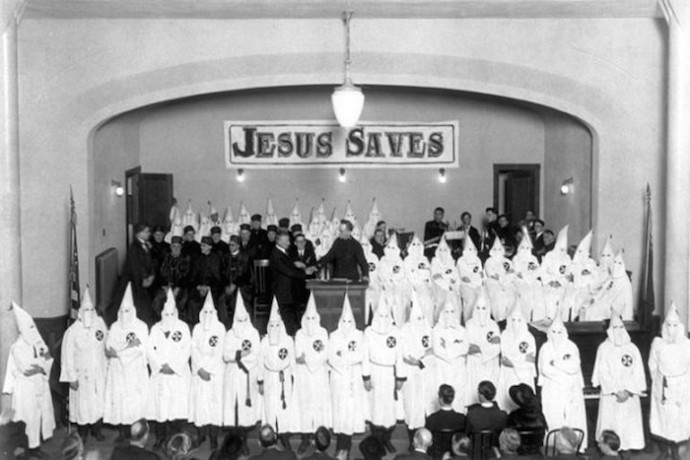“I know that not all Christians are right-wing extremist terrorists, but why are all right-wing extremist terrorists Christians?”
This is the question I’m never asked. But as somebody who actually knows something about Islam and about the complex history of Muslim relations with Jews and Christians, I am often asked the following: “I know that not all Muslims are terrorists, but why are all terrorists Muslim?”
Last week, 21-year-old Dylann Roof, a member of St. Paul’s Lutheran Church in Columbia, walked into a study session at the Emanuel AME Church in Charleston. After sitting for an hour he shot nearly everybody at the meeting. That was an act of terror. He was not a Muslim. As far as we know he was acting alone, like the Tsarnaev brothers, though both were undoubtedly influenced by organized groups through social media and other electronic sources. Was Christianity the motivation for Roof’s brutal violence?
One could make the case. The Christian Crusades were a violent European military movement directed not only against infidels, but against people of color living outside the boundaries of Europe. That’s a parallel to the argument that I often hear among non-Muslims that Muslims were bent on a violent conquest against all infidels. But more to the point, many of the white supremacist groups in the US are united under the banner of “Christian Unity,” while the Ku Klux Klan website claims that its “better way” is “the Christian way.”
Of course one could easily argue that Christian white supremacist terrorists claim they are acting on Christian principles while they are actually acting against them. It’s the same argument that most Muslims make in reference to Muslim terrorists.
According to David Schanzer and Charles Kurzman’s recent article in the New York Times, a study produced by the US Military Academy’s “Combating Terrorism Center” at West Point counted an average of 6 terrorism-related plots per year carried out by Muslims since 9/11. These resulted in a total of 50 fatalities. The same study found that right-wing extremists averaged 337 attacks per year, causing a total of 254 fatalities.
If you were to try to remember all the terrorist attacks in America since 9/11, which would come to mind? Probably many more perpetrated by Muslims than by Christians. That’s because our memory stores our perceptions in mental categories that are formed and organized by our experience. And our experience comprises more than the interactions we have with other people in the flesh. It includes what we read and see and hear via the media.
And it’s influenced by the repetition and excitement that our media—from newspapers and magazines, to TV and Twitter—associate with terrorism. Since 9/11, the media has associated terrorism far more with Muslims and Islam than with any other means of identifying communities, despite the fact that they comprise only a relatively small minority of incidents.
The truth is that neither of the two questions posed at the beginning of this article makes sense. That’s because terrorism is a tactic, not a religious tenet. As a tactic, terrorism has been used by religions. But the reality is that terrorism has been used by most human communities at one time or another, communities defined by religion, politics, class, race and gender. You name the organizing principle, at one point or another, that community used tactics that we define today as terrorist.
Muslims, Christians, Jews, Hindus, Buddhists, and all other religious communities that I have studied in my research on religious violence have engaged in brutal and ruthless aggression: massacres, cruel torture and many other types of violent carnage.
All religions have vectors of religious thinking that justify extreme violence against people defined as threatening, just as they all have vectors stressing peaceful reconciliation and harmony with adversaries. We can find sacred texts, creedal statements and other authoritative sources in all our traditions to justify both standpoints.
It was the late Bishop of Sweden, Krister Stendahl, who noted that believers, like members of any human group, have the tendency to see themselves in reference to the “other” by comparing the best of one’s own community with the worst of the other community.
And it was Jesus who said, “Hypocrite! First take the plank out of your own eye, and then you will see well enough to deal with the speck in your fellow’s eye” (Matt.7:5).





